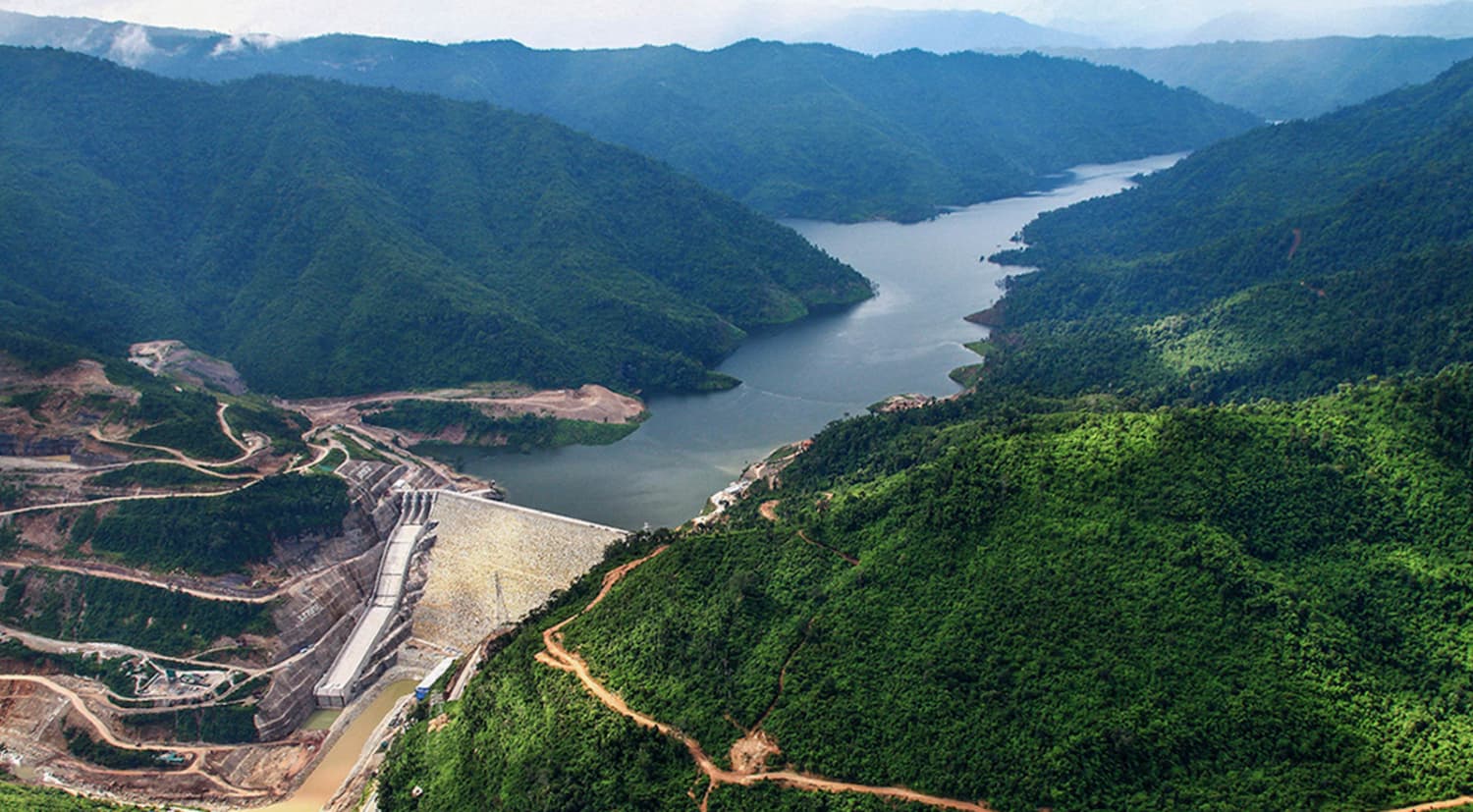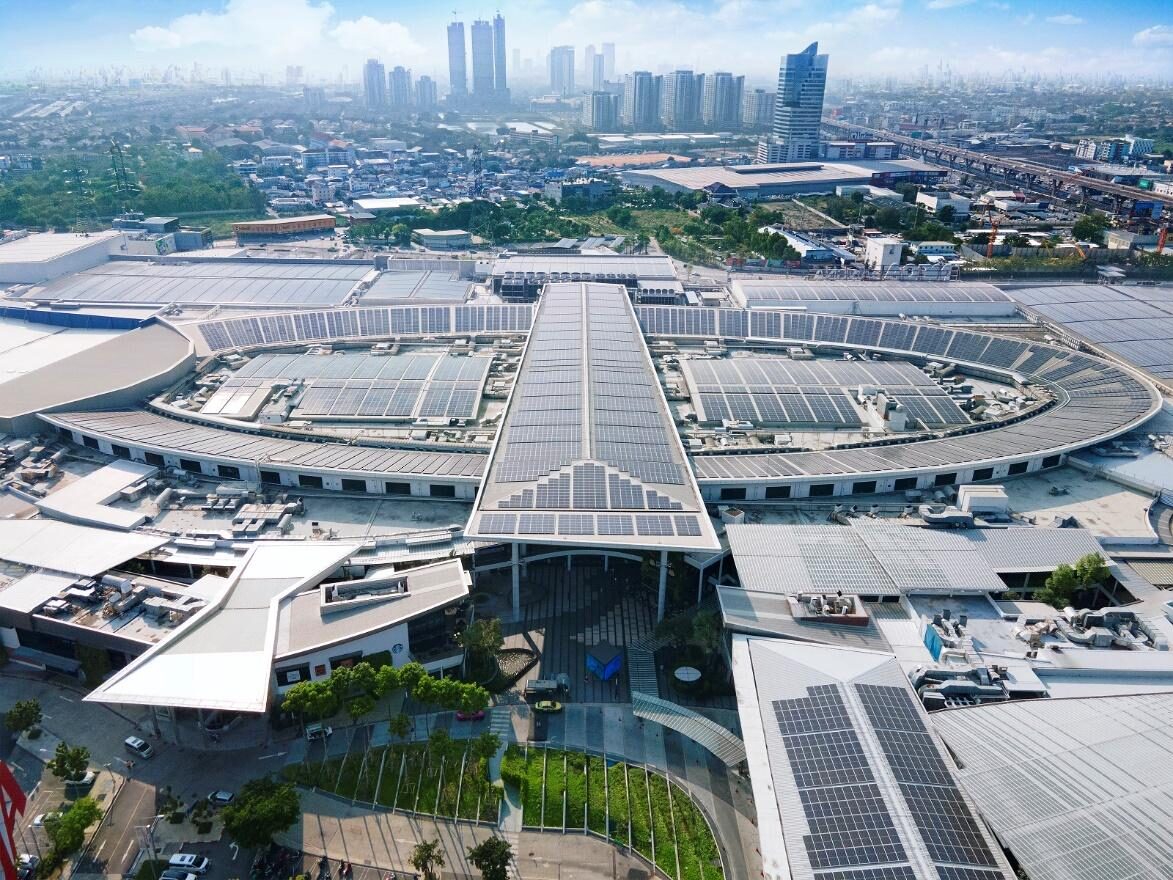During a recent visit, Thailand's Deputy Prime Minister and Minister of Energy, Pirapan Salirathavibhaga, revealed the potential for increased import of hydroelectric power from Laos to reduce reliance on natural gas. However, experts are concerned that this could lead Laos to construct new dams on the Mekong River, potentially impacting the local ecology and society. Furthermore, the electricity costs may not be as low as anticipated.
On December 3rd, during his visit to No. 3 high-voltage substation of Electricity Generating Authority of Thailand (EGAT) located in Udon Thani Province, Pirapan expressed that due to significant fluctuations in natural gas prices, expanding the import of electricity from Laos should help control the rise in electricity costs. Additionally, he emphasized the cleanliness of hydroelectric power as a renewable energy source. However, he also cautioned the EGAT to communicate clearly with the public and avoid the escalation of debt issues.
The No. 3 high-voltage substation was completed in 2016 with an investment of 859 million baht (approximately 24 million USD). It primarily receives electricity from independent power plants associated with Laos's Nam Ngum 2 Dam, Nam Ngiep 1 Dam, and Nam Theun 1 Dam. The cumulative power supply capacity is approximately 1516 MW.

Nam Ngum 2 Dam in Laos. (Photo: CK Power)
Thai economist Sarinee Achavanuntakul believes that historically, Thailand has imported hydroelectric power from smaller dams in Laos, often constructed on tributaries of the Mekong River. If there is an intention to increase imports, Laos may need to build new dams on the main river channels, inevitably impacting the ecology downstream in Thailand. Dams under construction, such as the Pak Beng Dam, Luang Prabang Dam, and Pak Lay Dam, are considered potential contributors to such impacts.
Sarinee also indicates that the Minister of Energy may not have considered that all new major dam construction projects must undergo prior consultation with the Mekong River Commission (MRC). Various stakeholders are currently discussing the potential cross-border impacts of the Luang Prabang Dam project. UNESCO and the World Heritage Committee have expressed concerns about that due to its scale and location. From a financial perspective, there may be heightened risks.
The International Hydropower Association (IHA) is also conducting research indicating the risks associated with hydropower, involving aspects such as water quantity, flow, and hydrology. Despite the lower cost of dam-generated electricity compared to natural gas, using the Nam Ngum Dam as an example, the initial purchase price was about 1 baht (approximately 0.028 USD) per unit. However, after negotiations, the price increased to 2 baht (approximately 0.056 USD). For the Luang Prabang Dam, the purchase price is 2.84 baht (approximately 0.08 USD) per unit, and for the Pak Beng Dam, it is 2.719 baht (approximately 0.076 USD)per unit. Therefore, electricity prices are not as cheap as initially imagined.
Sarinee also mentioned the issue of electricity oversupply, highlighting that the power purchase agreements (PPAs) used for these dams are unconditional payment contracts. The Luang Prabang Dam project, for instance, has signed a 35-year contract with the Electricity Generating Authority of Thailand (EGAT). The extended duration of these energy management contracts raises questions about the necessity of such lengthy terms. If the surplus electricity generated cannot be effectively addressed, the extended energy management period limits Thailand's flexibility in resolving the electricity supply issues.
Wiroj Lakkhanaadisorn, MP of Move Forward Party, stated that if the government decides to increase electricity purchases, it must explain the details to the public. Firstly, the government should clarify whether the country's total electricity generation exceeds demand and share plans for idle power plants. Secondly, the government should explain how it plans to manage natural gas prices and whether it can make natural gas prices for power generation cheaper. Additionally, rather than allocating the budget to increase purchases of hydroelectric power, Wiroj suggests allocating the budget to encourage people to use solar energy. He proposes promoting net metering, allowing citizens to sell rooftop solar energy back to the government.

Megabangna, the biggest shopping center in Bangkok, has committed a substantial investment of 1 billion baht to adopt and integrate clean solar energy. (Photo: Megabangna)
Furthermore, Wiroj emphasizes that if the government purchases electricity from hydroelectric dams, the beneficiaries are the existing energy capitalists. However, supporting solar panel usage directly benefits the people. Regarding whether the purchase of hydroelectric power can lower domestic electricity prices, Wiroj insists that the Ministry of Energy needs to explain the calculation methods to the public and disclose how the electricity prices will be reduced and to what extent.
Niwat Roikaew, the chairman of the Thai environmental group "Save Chiang Khong," also stated that, based on observations of the impacts of Mekong River dams over the past 20 years, hydroelectric dams are not considered clean energy but rather a harmful energy source for the world. They generate numerous adverse effects and are no longer suitable for the current era because clean energy should not cause damage to ecosystems, humans, and wildlife.






